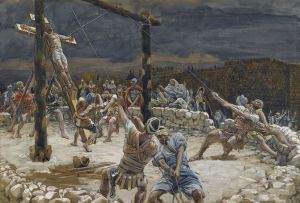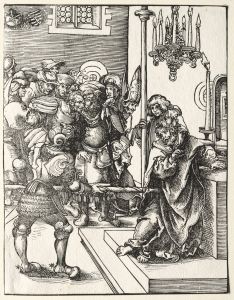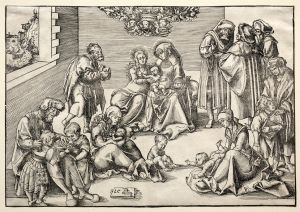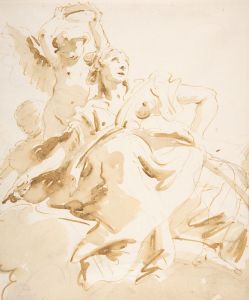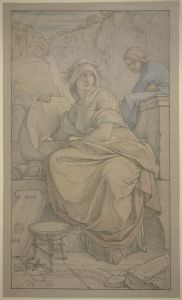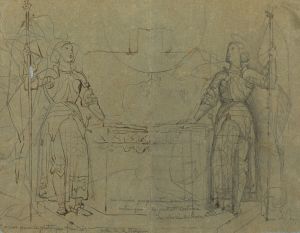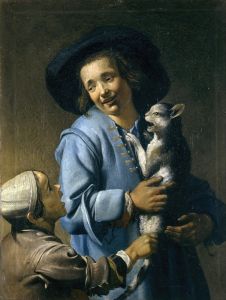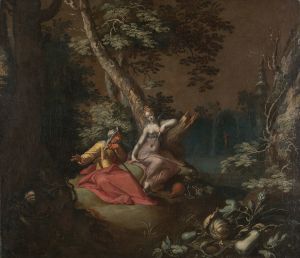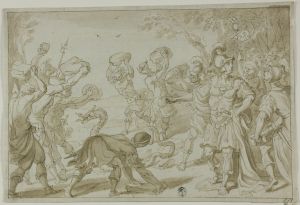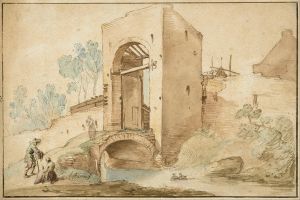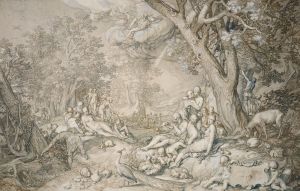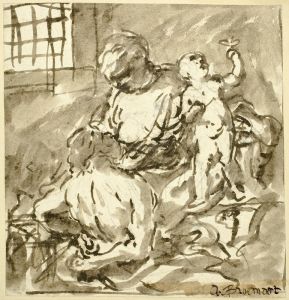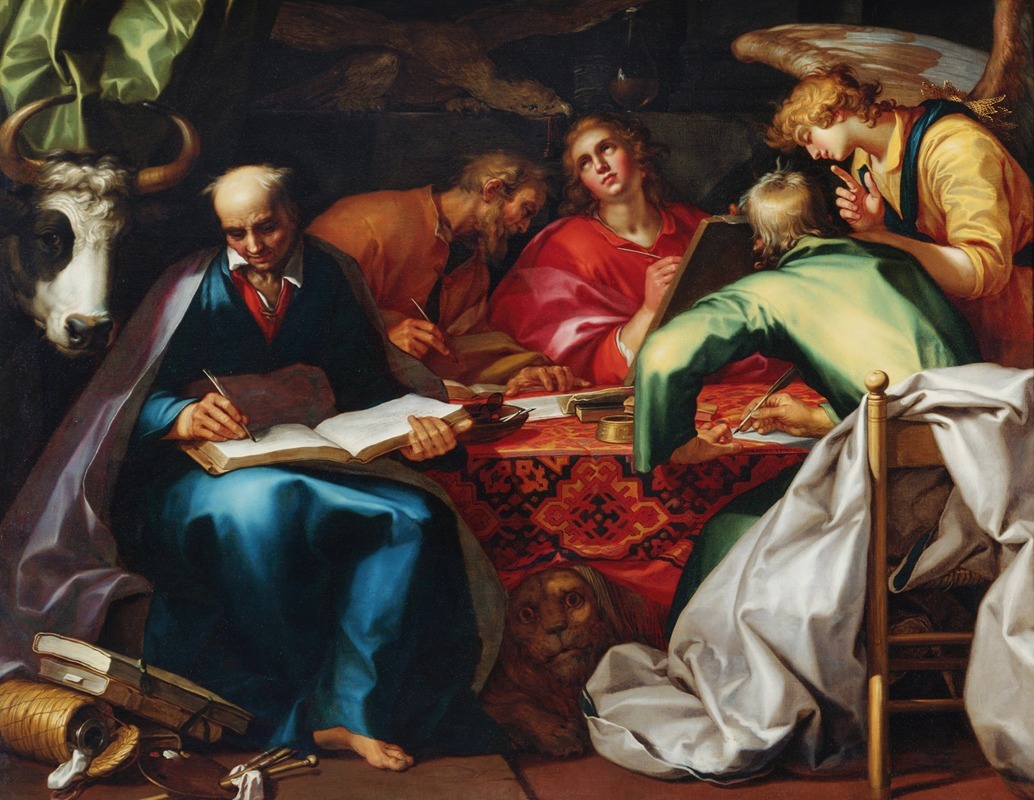
The Four Evangelists
A hand-painted replica of Abraham Bloemaert’s masterpiece The Four Evangelists, meticulously crafted by professional artists to capture the true essence of the original. Each piece is created with museum-quality canvas and rare mineral pigments, carefully painted by experienced artists with delicate brushstrokes and rich, layered colors to perfectly recreate the texture of the original artwork. Unlike machine-printed reproductions, this hand-painted version brings the painting to life, infused with the artist’s emotions and skill in every stroke. Whether for personal collection or home decoration, it instantly elevates the artistic atmosphere of any space.
Abraham Bloemaert was a prominent Dutch painter and printmaker, known for his contributions to the development of Dutch Baroque art. Born in 1566 in Gorinchem, Bloemaert was a versatile artist whose work spanned various genres, including history paintings, landscapes, and portraits. One of his notable works is "The Four Evangelists," which exemplifies his skill in religious and historical themes.
"The Four Evangelists" is a painting that depicts the authors of the four canonical Gospels in the New Testament: Matthew, Mark, Luke, and John. Each Evangelist is traditionally associated with a specific symbol, derived from the visions in the Book of Ezekiel and the Book of Revelation. These symbols are a man or an angel for Matthew, a lion for Mark, an ox for Luke, and an eagle for John. Bloemaert's depiction of the Evangelists would typically incorporate these symbols, aligning with the iconographic traditions of Christian art.
Bloemaert's style is characterized by a harmonious blend of Mannerist and early Baroque elements. His work often features dynamic compositions, vibrant colors, and a keen attention to detail. In "The Four Evangelists," Bloemaert likely employed these stylistic traits to convey the spiritual significance and individual characteristics of each Evangelist. The painting would have been intended for a religious setting, such as a church or a private devotional space, where it could inspire contemplation and reverence among viewers.
Throughout his career, Bloemaert was known for his ability to adapt and evolve his style, drawing influence from various artistic movements and his contemporaries. He was a founding member of the Utrecht Guild of Saint Luke and played a crucial role in the development of the Utrecht Caravaggisti, a group of artists who were influenced by the dramatic lighting and realistic detail of Caravaggio's work. While "The Four Evangelists" may not directly exhibit the tenebrism associated with Caravaggio, Bloemaert's exposure to these influences likely informed his approach to composition and narrative clarity.
Bloemaert's impact on the art world extended beyond his own creations; he was also a respected teacher. Among his pupils were several notable artists, including Gerard van Honthorst and Hendrick ter Brugghen, who carried forward elements of his style and teachings. Bloemaert's legacy is evident in the works of these artists and in the broader context of Dutch art during the 17th century.
"The Four Evangelists" stands as a testament to Bloemaert's mastery of religious subject matter and his ability to convey complex theological ideas through visual art. While specific details about the painting's current location or provenance may not be readily available, its significance within Bloemaert's oeuvre and its contribution to the religious art of the period remain undisputed. Through works like this, Bloemaert helped shape the visual language of his time, leaving an enduring mark on the history of art.





